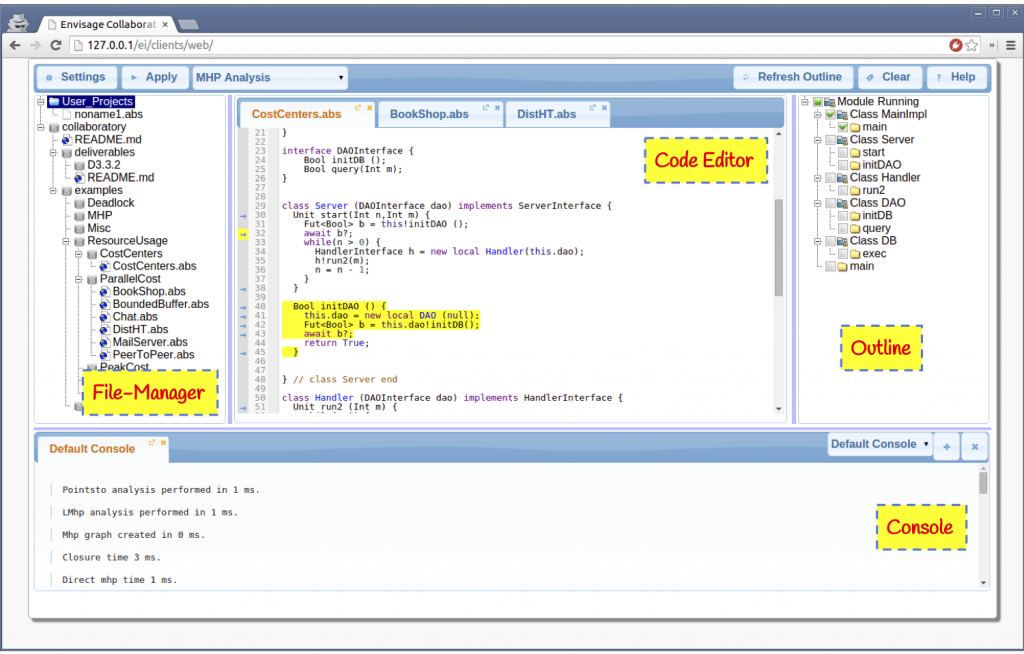Tim Peters developed the Timsort hybrid sorting algorithm in 2002. It is a clever combination of ideas from merge sort and insertion sort, and designed to perform well on real world data. TimSort was first developed for Python, but later ported to Java (where it appears as java.util.Collections.sort and java.util.Arrays.sort) by Joshua Bloch (the designer of Java Collections who also pointed out that most binary search algorithms were broken). TimSort is today used as the default sorting algorithm for Android SDK, Sun’s JDK and OpenJDK. Given the popularity of these platforms this means that the number of computers, cloud services and mobile phones that use TimSort for sorting is well into the billions.
Fast forward to 2015. After we had successfully verified Counting and Radix sort implementations in Java (J. Autom. Reasoning 53(2), 129-139) with a formal verification tool called KeY, we were looking for a new challenge. TimSort seemed to fit the bill, as it is rather complex and widely used. Unfortunately, we weren’t able to prove its correctness. A closer analysis showed that this was, quite simply, because TimSort was broken and our theoretical considerations finally led us to a path towards finding the bug (interestingly, that bug appears already in the Python implementation). This blog post shows how we did it.
The paper with the complete analysis, and several test programs are available on our website.
Update (August 2017): The KIT group used KeY to verify the JDK’s dual pivot quicksort implementation used as default sorting algorithm for integer or long arrays. TimSort is the default for arrays of reference type. Continue reading →

